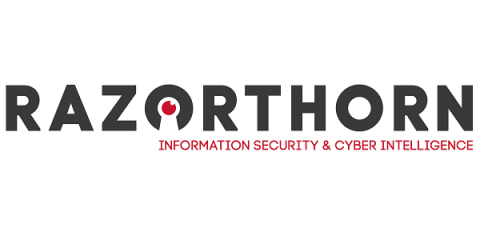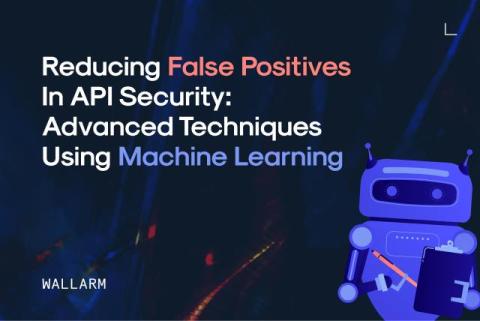Does Your Computer Have a Virus? Here Are Ten Warning Signs
You can tell if your computer has a virus by looking for warning signs, such as slower performance speed, increased pop-ups, frequent crashes or freezes, reduced battery life and unfamiliar files. A computer virus is a type of malware that requires user interaction to infect your computer. Computer viruses can disguise themselves as email attachments in phishing scams, illegitimate files, altered code or pirated software.











